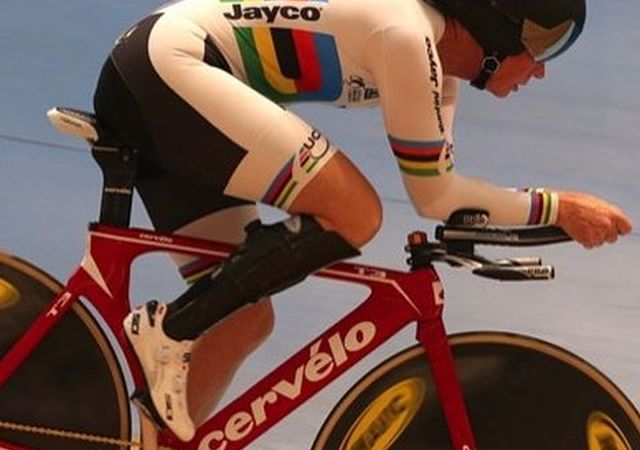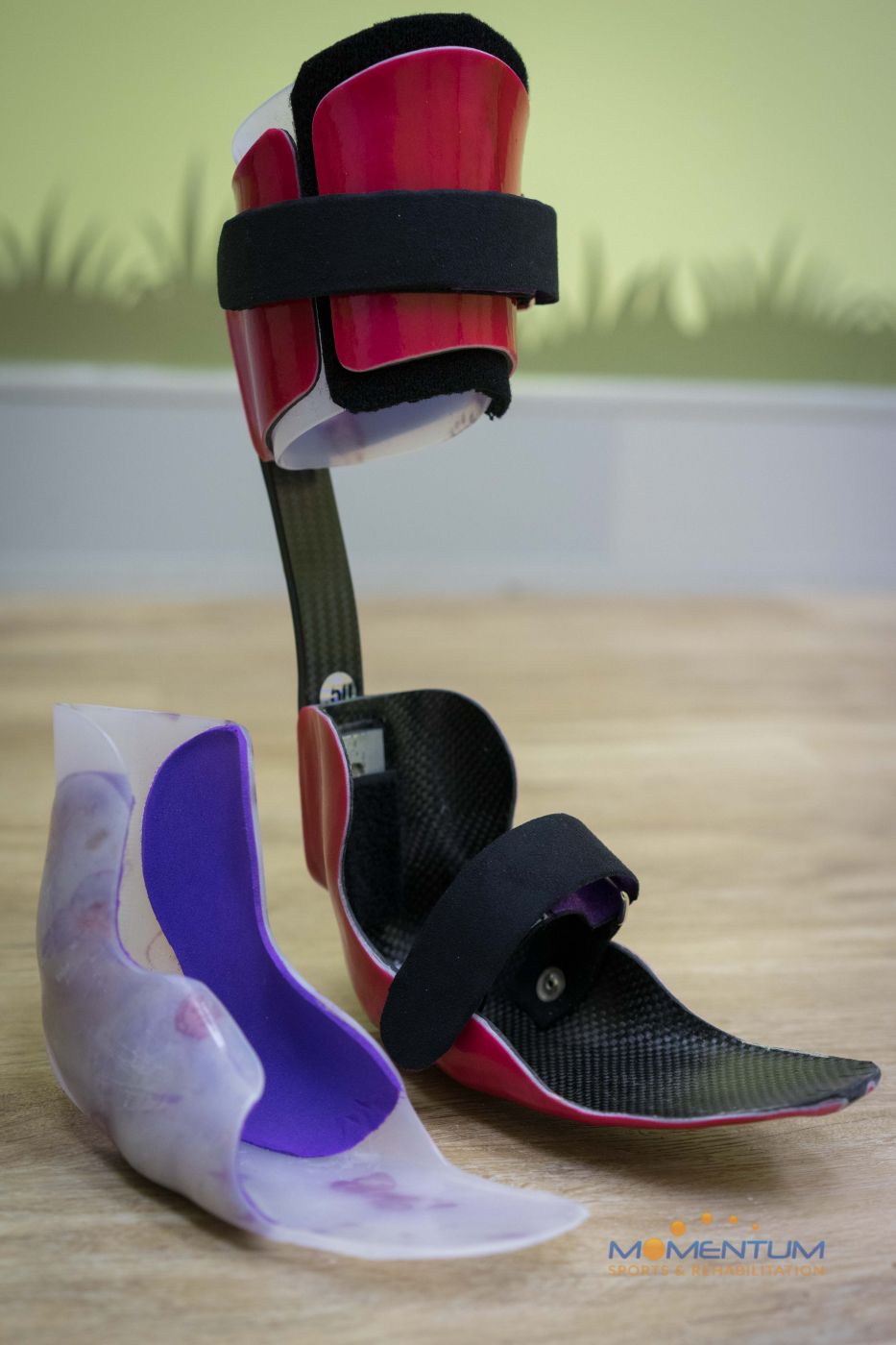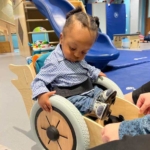Carbon fiber AFO-SMO orthoses improved gait in patient with cerebral palsy
The use of a carbon fiber ankle-foot orthosis with supramalleolar orthosis inner boots improved the gait of a 13-year-old patient with spastic diplegic cerebral palsy, according to data presented at the Association of Children’s Prosthetic-Orthotic Clinics Annual Meeting.

This custom designed and manufactured AFO (Ankle-Foot Orthosis) was produced for Australian Paralympic cyclist Sue Powell. The carbon fibre design maintains correct ankle position and fits neatly within the cycling shoe. Momentum Sports and Rehabilitation
by Shawn M. Carter, Healio O&P News March 23, 2017
The patient presented with bilateral forefoot adduction, midfoot supination, hindfoot varus, decreased knee motion and weakened gastroc-soleus muscles. Christina Bickley PT PhD BOCO, of Shriners Hospital for Children in Houston TX and colleagues recommended an ankle-foot orthosis (AFO) with supramalleolar orthosis (SMO) inner boots to address gait deficiencies.
“The goal for the AFO was to improve knee motion and increase plantar flexor strength,” Bickley said. “The goal for the SMO was to maintain and improve bilateral ankle-foot alignment.”

Dynamic AFO custom pediatric brace is manufactured from carbon fibre to keep it light weight and strong. The removable custom made plastic supramalleolar orthosis (SMO) provides improved support for this client’s ankle and foot position, and allows easy adjustment as she grows. Momentum Sports and Rehabilitation
Researchers conducted a longitudinal, instrumented gait study on day 1, at 6 months and at 12 months to assess the effects of open bilateral adductor tenotomies. The day-1 study was performed immediately after the patient was fitted with bilateral AFOs and SMOs. Four walking conditions were compared: barefoot walking; sneakers only; SMOs only; and AFO-SMOs. The 6-month study assessed the short-term effects of AFO-SMOs on gait and function. Barefoot and AFO-SMOs were compared. The 12-month study assessed long-term effects of AFO-SMOs on gait, function and clinical exam. Barefoot walking, AFO-SMOs and AFO-SMOs with a 0.25-inch heel wedge were compared.
Investigators found significant improvement in knee motion with increasing peak knee flexion and increased total knee motion with use of the AFO-SMOs. The patient also showed improved pelvic alignment in the transverse plane and improved temporal-spatial parameters with AFO-SMOs.
“His gait improved in left-right symmetry with and without the orthoses,” Bickley said. “His parents reported a noticeable reduction in falls and believe his walking and running have improved over the last 6 months.
She added, “Comparison of day-1 vs. 6-month barefoot conditions showed improvement of knee motion, which support carry-over effects when the patient’s AFOs are not donned.”
The findings also showed continued knee motion improvements and improvement in plantar flexion strength of approximately two muscle grades.
While the study supports the use of bilateral AFO-SMOs, further research is needed, Bickley said. “Advancing the understanding of effects of carbon-fiber AFOs with varying orthotic setups on gait, function and clinical exam will help improve orthotic prescription and patient care.”
Source Healio O&P News
| References |
Longitudinal instrumented gait analysis on the use of a carbon-fiber AFO for a child with cerebral palsy, Christina Bickley, Judi Linton, Douglas Barnes, Shriners Hospitals for Children. Presented at Association of Children’s Prosthetic-Orthotic Clinics, ACPOC Annual Meeting; March 22-25, 2017; Houston, Texas and 2017 Gait & Clinical Movement Analysis Society, GCMAS Annual Meeting; May 23 – 26, 2017 Salt Lake City, Utah






